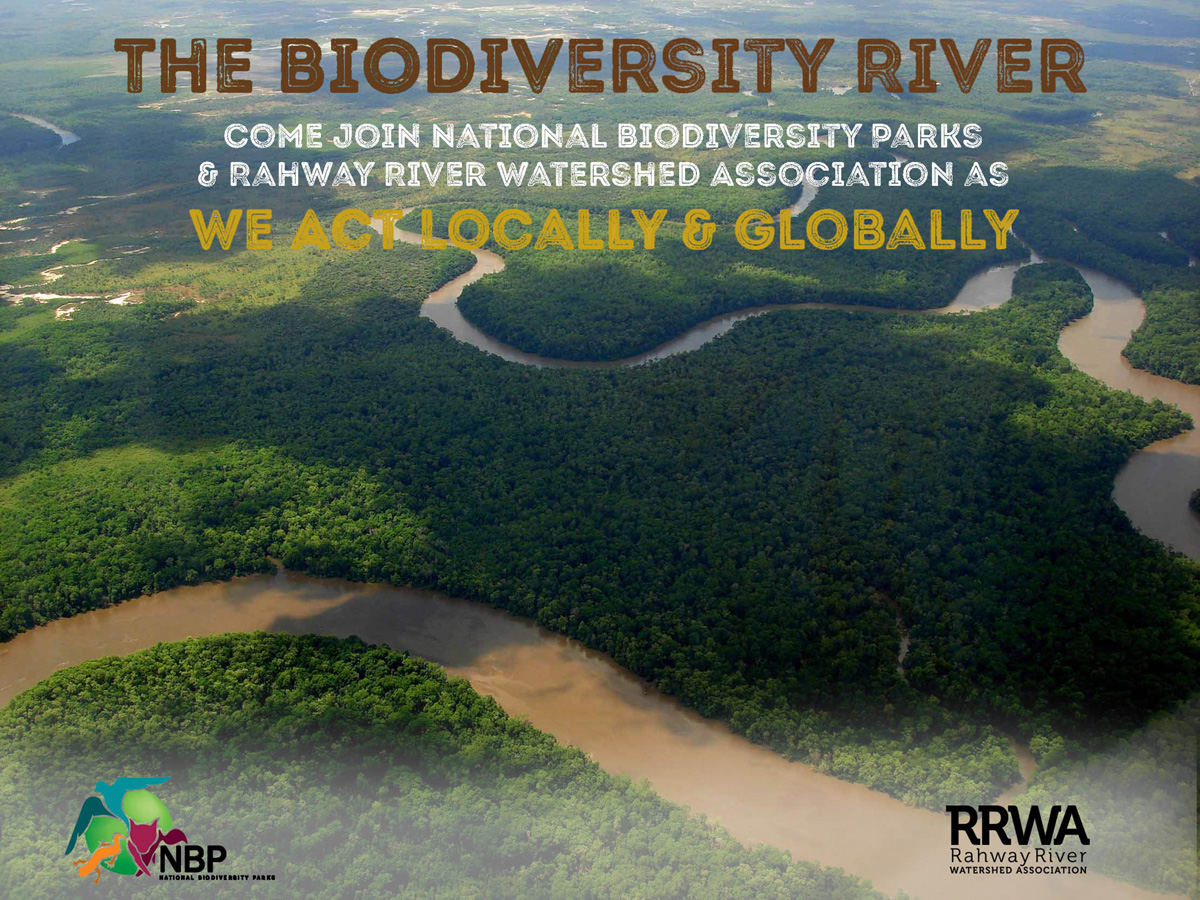A controversial road that would cut across one of the most spectacular ecosystems and global biodiversity depositories, the Serengeti Plains in Tanzania, may soon receive approval.
A sample letter for your use is at the end of this article.
If the road is completed in its planned location it would connect western, inland areas, with coastal ports and bisect thousands of acres of pristine African savanna. It would slice directly through the traditional migration route of more than 2 million wildebeest, zebra, gazelles, giraffes, elephants and the cheetahs, leopards and lions that depend on it.
A sample letter for your use is at the end of this article.
If the road is completed in its planned location it would connect western, inland areas, with coastal ports and bisect thousands of acres of pristine African savanna. It would slice directly through the traditional migration route of more than 2 million wildebeest, zebra, gazelles, giraffes, elephants and the cheetahs, leopards and lions that depend on it.
 |
| The Mara River snakes through the Serengeti Plain. |
 |
| The Serengeti is a critical feeding and calving area for millions of grazing mammals. In turn the vegetation and herbivores directly or indirectly support thousands of other species of animals. |
A highway will subject many species to roadkill pressure, poaching, disruption of the migration and the inevitable supporting development, such as gas stations, food marts, souvenir shops, residential space, etc.
 |
| Ruppell's Vultures feed on a road killed gazelle. And this was a low speed, dirt road. |
 |
| Servals are a medium sized species of cat which we saw in areas with higher grass.. The Cheetah speciated from an ancient line of Servals. |
The connection between manufacturers' urgent need for rare earth metals, China's recent announcement to reduce metal exports and their active investment in roads in Tanzania makes me realize what has occurred to produce this destructive plan.
Since we all contribute to the world demand for metals we should try and mitigate our impacts, SO:
Please call, email and/or write the Tanzanian embassy and advise them you are vehemently opposed to a highway through the world's greatest biological masterpiece. At the end of this article is a base letter for your customizable use. Email finished letter to
ubalozi@tanzaniaembassy-us.org
or NBP@comcast.net
or mail
Embassy of the United Republic of Tanzania
1232 22nd St. NW
Washington D.C 20037
Telephone: (202)884-1080, (202)939-6125/7
Fax: (202)797-7408
Link to map of area and alternate route:
http://www.nytimes.com/2010/10/31/world/africa/31serengeti.html
We went on a biodiversity study in this exact area and it is beyond comparison. Here is a small part of what we saw.
 |
| The migratory mammals follow a circannular route that coincides with the rain patterns that influence grass growth on this high plain. It can be surprisingly cool at times. |
 |
| When walking an armed guard is best due to the remote possibility of an animal attack. |
This male took down a Wildebeest and soon started to call for a female that eventually arrived.
 |
| The female came in. |
 |
| Here's the whole scene. |
 |
| We had this Crowned Crane on the east plains not far from the Ngorongoro Crater. |
 |
| This Hippopotamus has horizontal "bath tub" lines caused by moving from one small pool to another. Several species of birds like these jacanas have a symbiotic relationship with semi-aquatic animals. |
 |
| Lilac-breasted Rollers need at least a few trees to ambush their prey of insects and small animals. |
 |
| White-crowned Shrikes are loud, usually in groups and perch in thornbush or acacias. |
 |
| African Elephants are dwarfed in the vista. They are part of the complex ecological balance that suppresses the savanna from succeeding to forest. Note the elephant damaged tree. |
 |
| This is a superb starling.....yes a Superb Starling. |
 |
| This Red-and-yellow Barbet stood its ground. |
Example letter, please cut and paste and change to your liking. Thanks to Emile DeVito Ph.D. of The New Jersey Conservation Foundation for its authorship. Send your finished letter to
or
January 9, 2011
Embassy of the United Republic of Tanzania
1232 22nd street NW
Re:
SERENGETI NATIONAL PARK HIGHWAYPROPOSAL
SERENGETI NATIONAL PARK HIGHWAYPROPOSAL
Dear Honorable Representative of the United Republic of Tanzania
For decades we have witnessed poorly-conceived development projects that exacerbate urban sprawl, and foster decline of rural and natural landscapes. In the short term these projects sometimes looked advantageous but in the long term they were not good for the area or the people.
Highways through protected parks, forests and natural areas slowly destroy long-term ecosystem function. Remnant ecosystems severed by such poorly conceived projects eventually degrade and fail to support the wildlife they are intended to protect.
Please do not allow your wonderful nation of Tanzania
Thank you for your consideration.
Sincerely,




